Our hoes have never needed to work so hard, to accommodate the recent changes in lifestyle. Homeowners are now spending more time at home, and are therefore looking for ways to utilise every inch of space available. There’s a new trend for turning a multifunctional large space into smaller specific areas to relax, work, eat and sleep.
Give your current space new purpose with these simple ideas for dividing up open-plan rooms without building walls or engaging in major renovation.
These open-plan zones can be temporary measures that fold away when you don’t need them or more permanent structures to give purpose to a large empty room. Try different materials and be inspired by these creative solutions to managing space in your home.
1. Put down different flooring
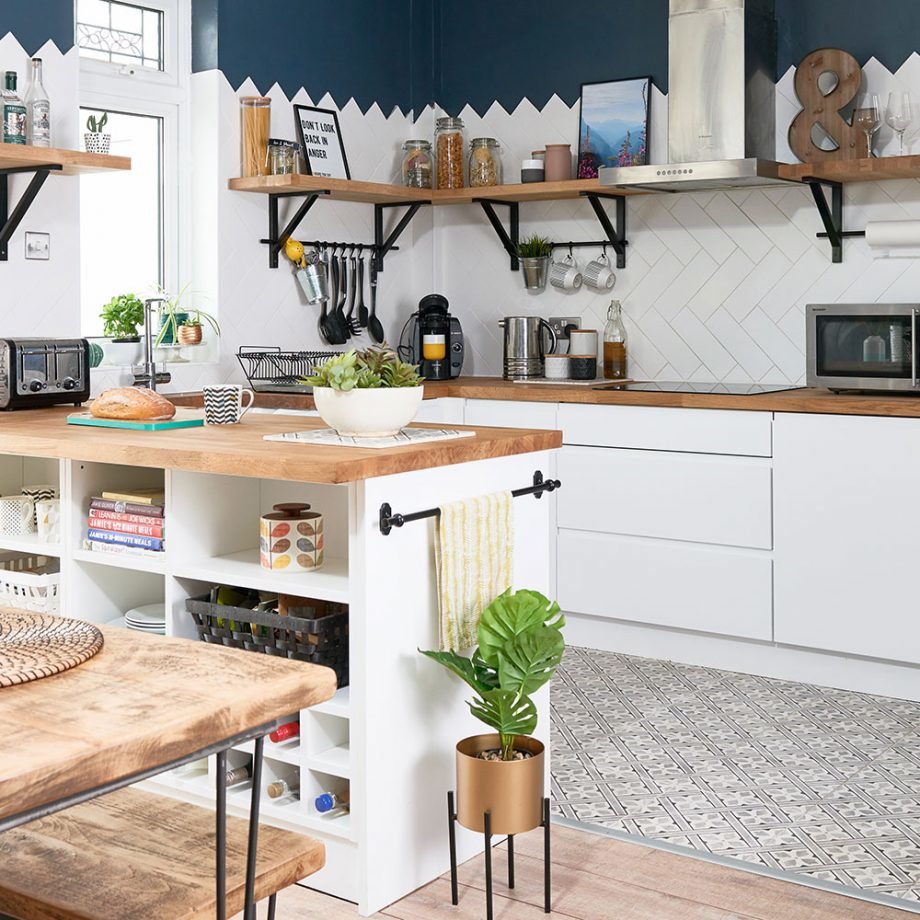
There are lots of benefits to using different types of flooring for different areas in the same room. Visually, it helps separate the spaces, and practically it works brilliantly. In the kitchen area you can have tiles that are easy to clean so dealing with dropped food isn’t an issue. But in the dining area you can lay wood, which is grippier underfoot and gives a warmer, cosier feel.
2. Lay multiple rugs
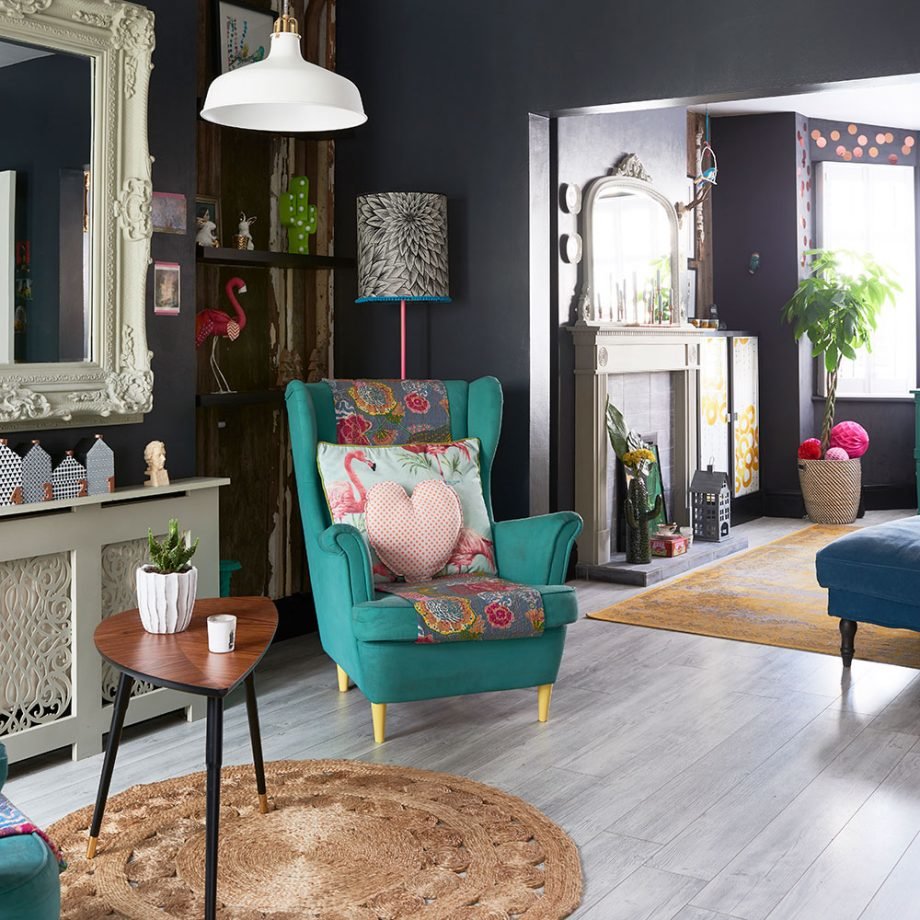
If changing the floor isn’t an option, rugs are the next best thing. They create pools of focus in an open-plan space, around which you can group furniture for different tasks – dining, lounging, chatting, working, and so on. You can even reflect the mood of the area in the style of rug you pick. For example, an imperfect woven rug suggests informal and restful, a very colourful rug remarks fun and creativity, while an antique pattern could dress a more formal entertaining space.
3. Add an open shelving divider

Separate living and dining areas with freestanding shelves. They’ll add storage that can easily be accessed from both sides. Ikea’s famous Kallax designs are a favourite among music lovers and workaholics alike, as the compartments have the perfect dimensions for holding vinyl and A4 files.
4. Invest in a corner sofa
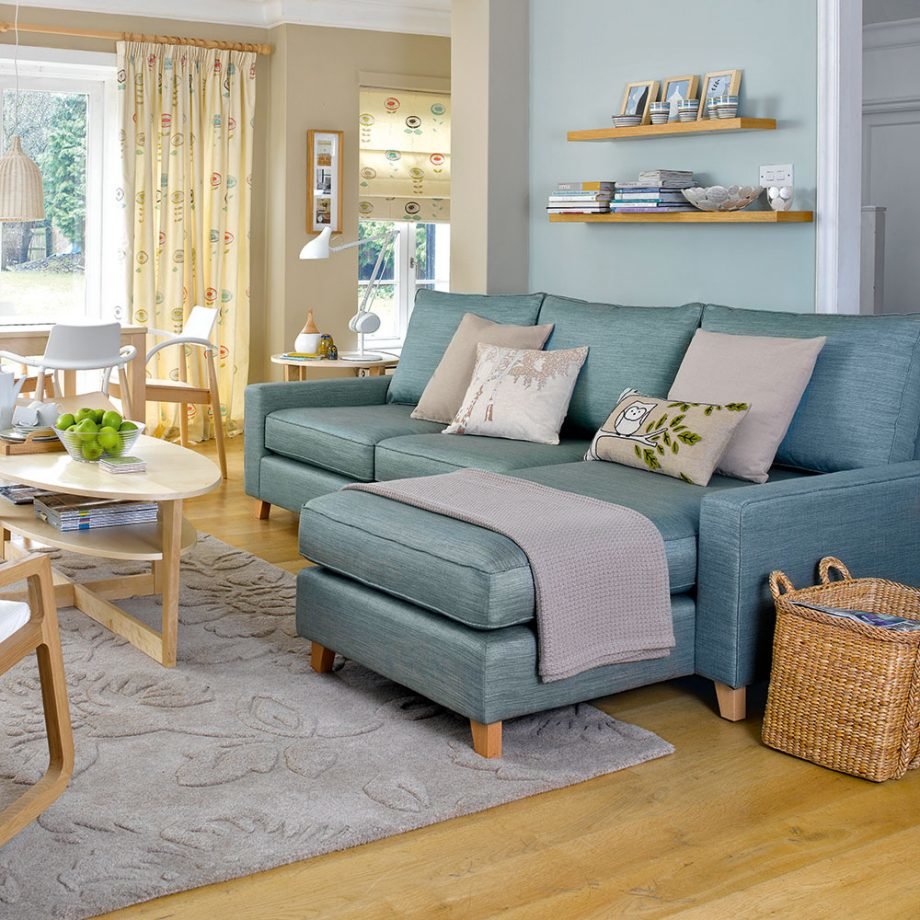
An L-shaped sofa isn’t just great for extra lounging space – it can be positioned to visually corner off a part of a larger room, as seen here. However, be careful when choosing a left- or right-hand design when you order. Get it wrong and you’ll end up playing a confusing game of furniture Tetris.
5. Plan in a peninsula
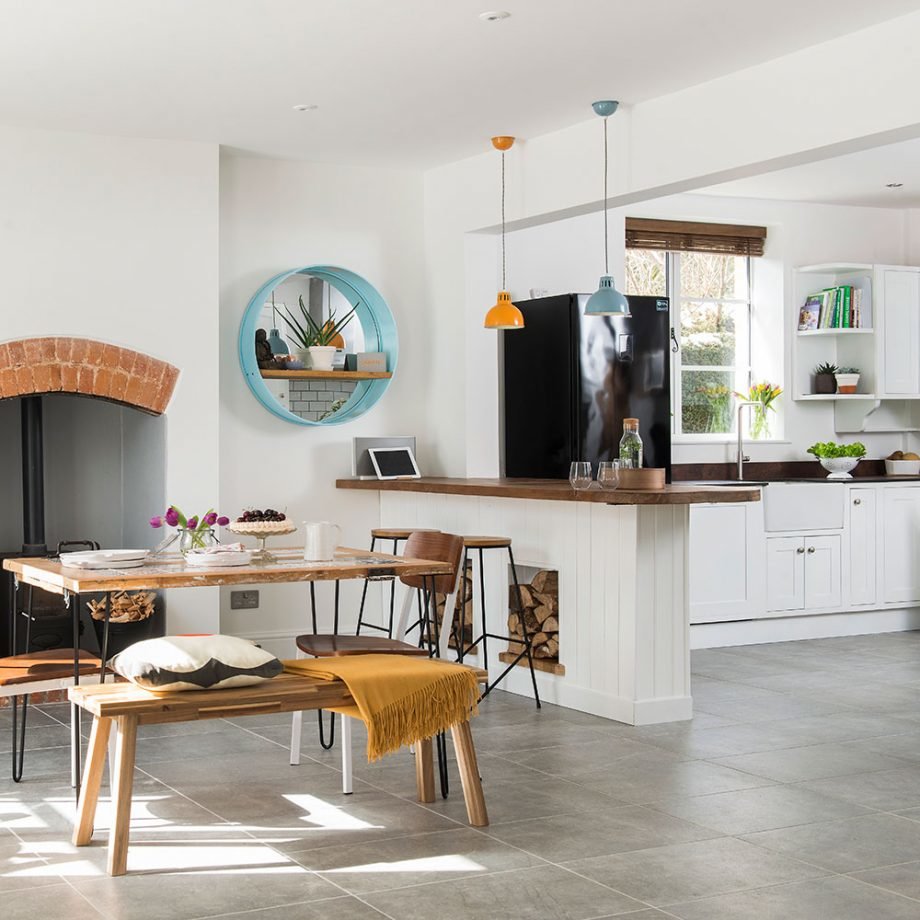
Mark the cook’s territory with a peninsular breakfast bar. It will keep the kids (and guests) out from under your feet when you’re making meals, without you having to hide away from the action.
6. Build a banquette
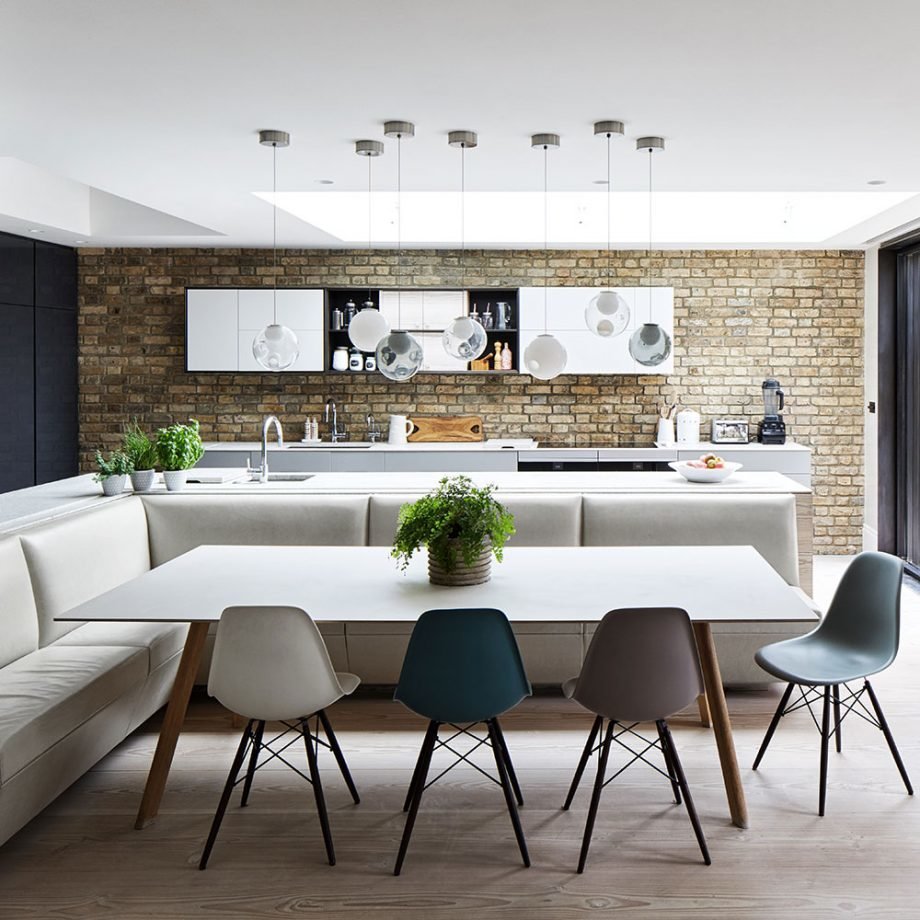
What was potentially an awkward space has been transformed – and divided – with this booth-style dining area. They’re easily space for 10 at the banquette, and you could make the space work even harder by concealing storage underneath the seats.
7. Paint the walls different colours
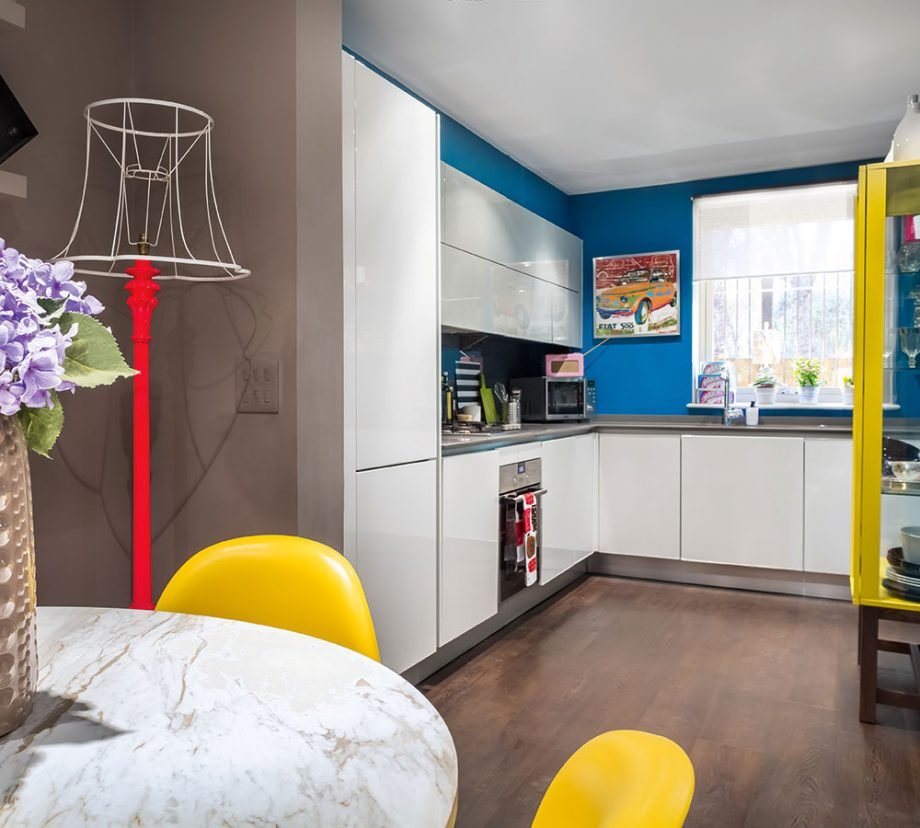
Creating a little separation between spaces can be as easy as picking up a paintbrush – in this case, blue for the kitchen and a deep grey-taupe for the dining area. Yellow accents and dark wood flooring maintain a visual link, so that the colour scheme, isn’t too messy.
Are you ready to get your home into the ‘zone’?



![A Tranquil Jungle House That Incorporates Japanese Ethos [Video]](https://asean2.ainewslabs.com/images/22/08/b-2ennetkmmnn_t.jpg)









